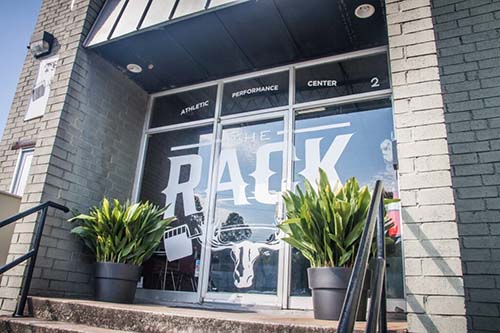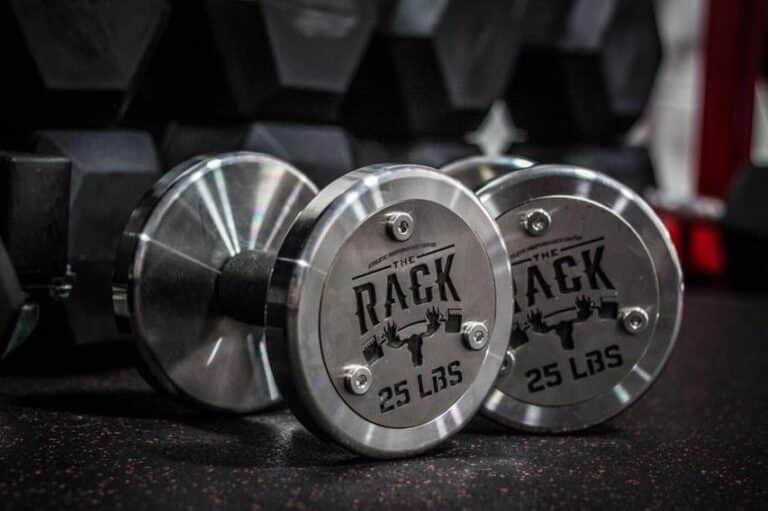Understanding Controlled Articular Rotations (CARs)

Controlled articular rotations (CARs) are a method of strengthening the muscles around a joint and improving overall joint health. It was founded by Dr Andreo Spina. Dr. Spina is a Canadian chiropractor and a prominent figure in the fitness and movement industry. He is best known for developing the Functional Range Conditioning (FRC) system, which has gained popularity among athletes, fitness enthusiasts, and healthcare professionals.
Functional Range Conditioning is a comprehensive system aimed at improving joint mobility, flexibility, and overall functional movement. It is based on scientific principles and utilizes evidence-based methods to enhance joint health, stability, and control. FRC incorporates a variety of techniques, including isometric training, controlled articular rotations (CARs), and progressive bodyweight exercises, all designed to optimize joint function and increase the body’s usable range of motion.
One of the key aspects of FRC is its focus on joint-specific training. By targeting individual joints, the system aims to increase their capacity, resilience, and adaptability, which can lead to enhanced overall performance and reduced risk of injuries.
Dr. Andreo Spina’s Functional Range Conditioning system has garnered praise for its systematic approach and its applicability across various movement disciplines, from sports performance to rehabilitation settings. Many fitness professionals, strength coaches, and healthcare practitioners have adopted FRC principles to improve their clients’ mobility, flexibility, and functional abilities. In this article I want to expand on controlled articular rotations (CARs).
Why CARs?
CARs provide a method of decoupling firing patterns. We want to be able to control all of our muscles individually. Our bodies are designed to chain muscle firing sequences together for movement, but the inability to individually control muscles often leads to injury. They also provide a visual of imbalances from side to side from a mobility aspect. It helps us as coaches understand how a clients body move through different ranges of motion. We can then program based off what’s needed. CARS helps maintain overall range of motion. Range of motion is certainly a “use it or lose it” skill. While CARS alone aren’t sufficient to increase range of motion, doing CARS helps strengthen the range of motion you have and prevent its decay.
Types of CARs
Level 1: No Props, No Load, but a conscious effort to prevent compensation of other muscles not required for the joint movement. Body Irradiation Force is about 30%.
Level 2: Props, but no Load. We use props and/or load to assist the brain in decoupling the firing of muscles. Props can be used to let you know if you are incorrectly doing a CAR. For example, if you are doing the Hip CAR in quadruped, you can keep a massage ball on your back. If it rolls off, you know that you are rotating your pelvis. Props in Level 2 are generally designed to provide you with feedback about a movement fault.
Level 3: Is all about driving maximal intensity into the CAR. You can squeeze massage balls in your wrist CARS or use an ankle weight in your hips cars. Level 3 CARS are highlighted by the ability to irradiate 100% intensity without recruitment of compensating muscles.
CARs can be done in several positions depending on the goal. They are suggested to be done everyday as a morning routine to wake and prime the mind, joints, and body for the day. If you would like to know more about CARs, please be sure to contact us to get started in our active recovery classes.

JERMAINE HOUGH JR.
MS


